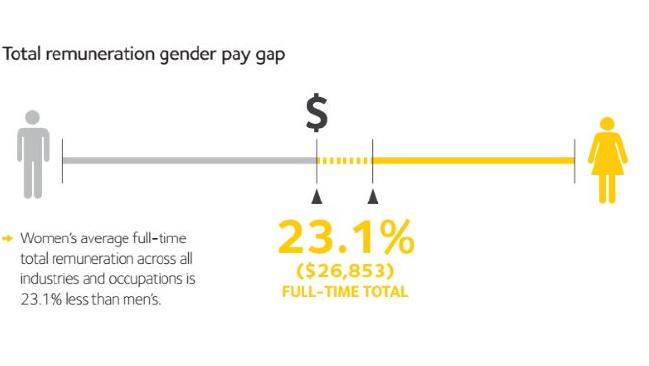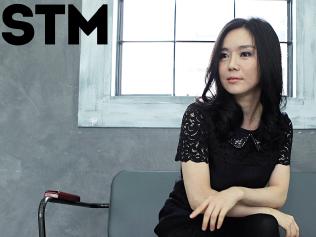
IT’S the other score Australia should be ashamed of.
Australian women on average are still earning nearly $27,000 a year less than men despite making up half the workforce, five in six CEOs are men, and women make up just over a third of management positions.
The latest gender equality scorecard from the WGEA to be released in Canberra today shows little improvement in key indicators that contribute to closing the pay gap, and reveals new starters in the workforce are hardly shaking things up at all.
The composition of graduates by industry over the past year suggests little change to current industry gender composition patterns, with the makeup of new graduates closely matching existing patterns.
The 9,276 female graduates for 2014-15 represent almost half (47.3 per cent) of all graduates, and most of them are sticking to female-dominated, and therefore generally lower paid, jobs.
Nine out of 10 graduates entering health care and social assistance were women and only two in 10 graduates entering the construction industry for men.
WGEA director Libby Lyons said it was concerning that these trends were continuing, and that gender diversity across all industries was essential.
“Our data shows that in the last 12 months male graduates still overwhelmingly entered male-dominated industries and female graduates entered female-dominated industries,” Ms Lyons told news.com.au.
“If the gender balance of graduates entering an industry closely matches the existing gender dominance, it means existing patterns of segregation are unlikely to shift in the foreseeable future.
“There is now overwhelming research showing gender diversity encourages innovation, different thinking and new approaches to problem-solving. Some industries recognise this and we are seeing great initiatives to attract more women into scientific and technical careers, but encouraging men into female-dominated jobs is equally important.”
Ethan Watter is a nurse at St Vincent’s Hospital in Sydney, but he’s commonly referred to as a male nurse.
Seeing first-hand the gender composition of his industry — the graduate program he is involved in is made up of more than 80 per cent women — he’d like to see some change.
“I feel it feeds into stereotypes of gender where men don’t really pick a career as traditionally providing care. Not only is it not really considered, for some people it’s almost like a step down from their other options,” he said.
“I think these attitudes contribute to nurses being undervalued overall.”
Other concerning findings front eh WGEA scorecard included the gender composition of management positions across industries.
Though there was some minor positive movement in the representation of women in management, the representation of women continues to decline steadily with seniority.
Women make up only 16.3 per cent of the top management category — CEO/head of business in Australia — and dominated management in only one industry — health care.
The salary difference rose to $93,884 between men and women at the top level of management.
Ms Lyons said the data highlighted persistent inequality.
“The data confirms gender pay gaps in favour of men in every industry and the under-representation of women in management and leadership roles,” she said.
“There is no question that we are seeking movement in the right direction, but it’s still too slow.”






